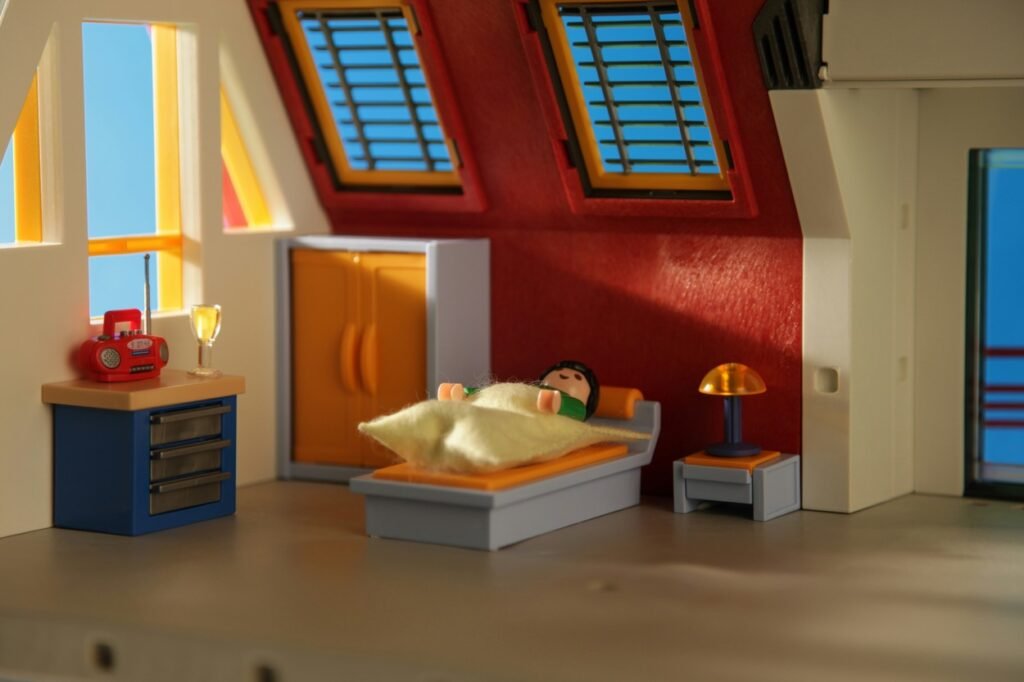As a parent, few things are as precious as the sweet, fleeting moments when your toddler drifts off into nap time bliss. Those golden hours of silence were once your time to catch up on life, sip on lukewarm coffee, or simply sit in a room that wasn’t vibrating with energy. But then, one day, it happens—the naps start to disappear. Yes, the day your toddler stops napping is akin to the day the music died. But when exactly does this monumental shift happen, and how can you cope?
Let’s dive into the fascinating (and sometimes frustrating) world of toddler naps, with a dash of personal experience and a sprinkle of humor to keep us all sane.
The Nap Transition: A Gradual Goodbye
Napping is a cornerstone of toddler life, but like all good things, it doesn’t last forever. On average, most toddlers stop napping between the ages of 3 and 5. However, the transition doesn’t happen overnight. It’s more like a slow fade, much like your energy by the end of the day.
My own experience with this transition began around my son’s third birthday. He started by occasionally skipping naps, and those days were, to put it lightly, challenging. At first, I clung to the hope that it was just a phase, much like the time he refused to eat anything that wasn’t beige. But as the weeks went on, it became clear: the nap monster was slowly being vanquished.
Some toddlers begin to resist naps around age 2, while others might hold onto them until closer to 5. There’s no set timetable, and each child is different. The important thing is to recognize the signs that your toddler is ready to drop naps and adjust accordingly.

The Signs Your Toddler Is Ready to Ditch the Nap
So, how do you know when your toddler is ready to say goodbye to naps? Here are a few telltale signs:
- Resistance to Naps: The most obvious sign is when your child starts to fight nap time. What used to be a peaceful ritual now turns into a battle of wills. If your little one is spending more time resisting sleep than actually sleeping, it might be a sign they’re ready to give up the nap.
- Difficulty Falling Asleep at Night: If your toddler is taking longer to fall asleep at bedtime or is waking up earlier than usual, it could be because they’re getting too much daytime sleep. As hard as it is to let go of that midday break, it might be necessary to preserve your sanity during bedtime.
- Shorter Naps: Another sign is when naps start to shorten. If your toddler used to nap for two hours and is now waking up after 30 minutes, it’s a clue that their body might not need as much daytime sleep.
- Energy Levels: Toddlers who are ready to stop napping often maintain high energy levels throughout the day, even without a nap. If your child is still bouncing off the walls at 4 PM without their usual nap, it might be time to say goodbye to nap time.

Coping with the No-Nap Zone
When your toddler stops napping, it can feel like your world is being turned upside down. Suddenly, those peaceful hours of quiet time are gone, and you’re faced with the challenge of keeping a tired (but nap-resistant) child entertained and happy until bedtime. Here are a few strategies that worked for me:
1. Embrace Quiet Time:
Even if your toddler doesn’t nap, they can still benefit from some quiet time in the afternoon. This can be a period where they play quietly in their room, look at books, or engage in a calm activity. The key is to maintain a routine that gives both you and your child a break. In our house, we call this “rest time,” and while it’s not as peaceful as nap time, it’s a decent compromise.
2. Adjust Bedtime:
Without a nap, your toddler will likely get tired earlier in the evening. Adjusting bedtime by 30 minutes to an hour earlier can help prevent overtiredness, which can lead to crankiness and sleep struggles. This was a lifesaver for us. Moving bedtime up a bit gave us back some of the sanity we lost when naps disappeared.
3. Plan for Transitions:
If your child is in the process of dropping their nap, plan your day accordingly. Avoid scheduling activities that require a lot of energy or focus during what used to be nap time. Instead, opt for quieter activities that your toddler can handle without getting overly tired.
4. Be Patient:
This transition can be tough on everyone, so patience is key. There will be days when your toddler is tired and cranky, and it might be tempting to try and force a nap. But remember, this is a normal part of development. Be patient with your child—and with yourself.
Finding the Silver Lining
Losing nap time can feel like the end of an era, but it’s also the beginning of a new phase. Without naps, you’ll have more time to explore activities together, whether it’s a trip to the park or a quiet afternoon of arts and crafts. And while the adjustment might be challenging at first, there’s a silver lining to every cloud.
For us, the end of naps meant the start of new adventures. We had more time in the day for playdates, outings, and bonding. Sure, I missed the quiet time, but I found joy in the extra hours spent with my little one, watching him grow and discover the world in new ways.

In Conclusion: The Napless Toddler Chronicles
When your toddler stops napping, it’s a major milestone—for them and for you. It’s the end of one chapter and the beginning of another, filled with new challenges and new joys. While you might long for the days of afternoon naps, take heart in knowing that this is just another step in your child’s journey toward independence.
So, when does a toddler stop napping? The answer is, it varies. But whenever that day comes, know that you’re not alone. Every parent goes through it, and while it might be tough, you’ll find your way through the no-nap zone—and come out on the other side with new memories and experiences to cherish.
Just remember to keep a sense of humor, because if there’s one thing parenting teaches you, it’s that laughter is the best way to cope with the unexpected.
